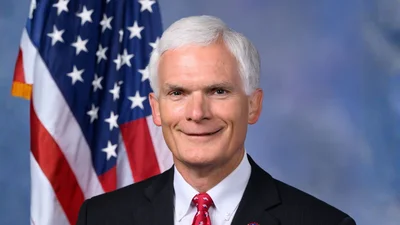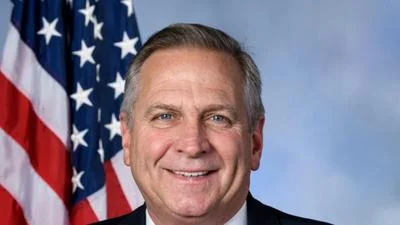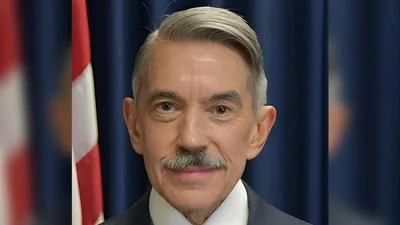WASHINGTON, DC - The Subcommittee on Energy and Power and the Subcommittee on Environment and the Economy today held a joint hearing with EPA Administrator Gina McCarthy to review her agency’s FY 2016 budget request and priorities.
Energy and Power Subcommittee Chairman Ed Whitfield (R-KY) said, “The proposed budget is $8.59 billion, a $452 million increase over last year’s appropriation. This amount is more than enough to allow the agency to perform its required duties under the Clean Air Act and all the other statutes that it administers. The problem is that the Obama EPA has strayed well beyond its legitimate functions and has embarked on an expansive and expensive global warming regulatory agenda that is on shaky legal ground and is bad policy for the country."
Members pressed Administrator McCarthy about the legal authority and consequences of new EPA regulations, including the agency’s proposed rules on existing power plants dubbed by the administration as the “Clean Power Plan." Whitfield added, “In the budget, EPA refers to the Clean Power Plan as ‘unprecedented,’ ‘groundbreaking,’ and ‘unique,’ and admits that it ‘requires the agency to tap into technical and policy expertise not traditionally needed in EPA regulatory development.’ EPA says these things in order to justify the considerable outlays needed to pursue this regulatory detour, but in my view it raises serious questions about whether the agency has the authority to do so in the first place."
During questioning with Chairman Whitfield, Administrator McCarthy doubled down on her comments that the Clean Power Plan is not about “pollution control" but rather represents an “investment opportunity" for states.
Highlighting the graphic below, Environment and the Economy Subcommittee Chairman John Shimkus (R-IL) noted the feasibility, cost, and reliability challenges of EPA’s plan. “If this plan puts reliable base load energy from sources such as coal and nuclear in danger, communities may face higher costs and potentially suffer brown outs when most in need. We have to ask ourselves if this path leads to the energy future Americans expect. I believe there is a better way, and that we can find solutions to these challenges without placing the burden on the backs of consumers or by sacrificing power plants that provide good paying jobs to families across the country," said Shimkus.
While the Clean Power Plan is a top priority for the agency, it represents only part of the agency’s overall agenda.
Energy and Power Subcommittee Vice Chairman Pete Olson (R-TX) questioned Administrator McCarthy over the agency’s proposed changes to the country’s ozone standards, estimated to potentially be the most expensive EPA rule ever imposed on the American economy. Using the chart below, Olson illustrated the highly populated areas of the country that would fail to comply with EPA’sproposed new standards. “The proposal EPA has released will land like a ton of bricks on most of the country," said Olson.
Full Committee Chairman Fred Upton (R-MI) added, “I’d like to see EPA focus on its current responsibilities before taking on new ones. The agency is working on a new ozone rule even though it is well behind schedule implementing the existing standard. And the agency routinely misses its deadlines under the Renewable Fuel Standard, making this problematic program even more difficult."
Despite the committee’s disagreement with EPA’s priorities, members also identified areas of common ground where Congress can work with EPA, including reform of the Toxic Substances Control Act (TSCA) and the coal ash rule.




